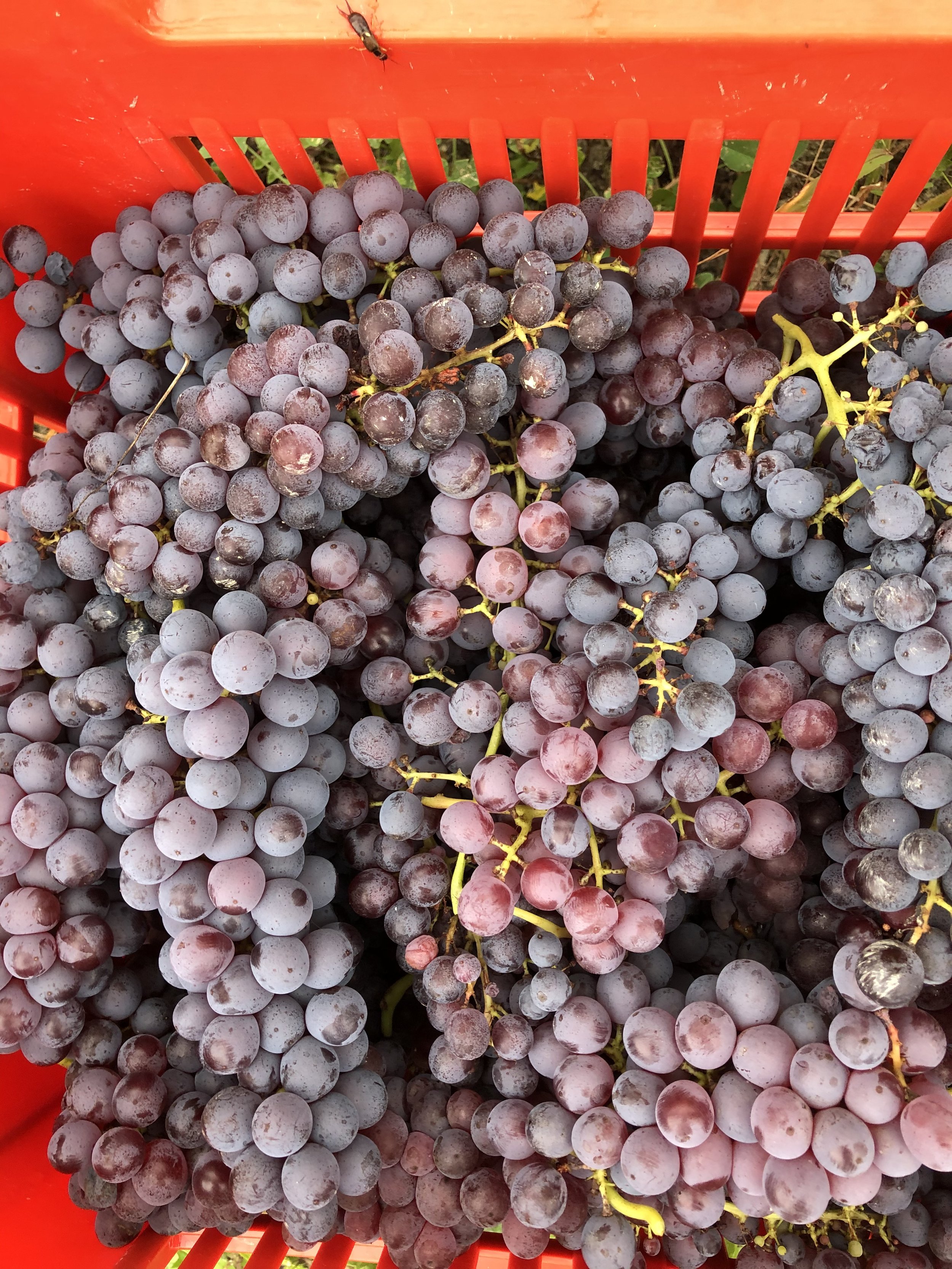by: Alexa
The Gattinara DOCG boasts ancient origins. It is believed that the first vineyards were planted by the Romans in the 2nd century BC.
Furthermore, historians believe that the town of Gattinara stands at the location where a Roman proconsul, Quintus Lutatius Catulus, sacrificed the war spoils of the defeated Cimbri people to the gods in the summer of 101 BC, near Vercelli. For this occasion, the 'Catuli Ara' was erected, from which both the town and the wine got their name.
It is also said that, in 1518, the wine was presented at the Spanish court by Cardinal Mercurino Arborio, Marquis of Gattinara and Chancellor to Charles V. The cardinal introduced it as a diplomatic bargaining tool, gaining success, and from that moment, Gattinara became known to the entire European nobility.
The DOCG was officially recognized in 1990, and production was limited to the unique territory of the town of Gattinara.
The town of Gattinara is located in the province of Vercelli. To the northwest of the town, there is a steep hill where the historic denomination is cultivated. The area is right at the center of the supervolcano's caldera. The soil is very acidic, with a thin terrain and poor humus content. The subsoil is made up of pure rock - caldera fill - of a brown color.
Look at the light color of the grignolino grape
Spanna (Nebbiolo) and the DOCG Regulations
Gattinara DOCG mandates that the wines must be made with at least 90% Nebbiolo (locally called Spanna), with optional small percentages of:
• Vespolina (up to 4%) – adding spice and floral notes
• Uva Rara (Bonarda di Gattinara) (up to 10%) – softening the wine with fruitier, rounder flavors
Gattinara’s Unique Terroir and Spanna (Nebbiolo) Grapes
The Influence of Volcanic Soil
One of the defining characteristics of Gattinara DOCG is its volcanic soil. The region’s terrain consists of:
• Acidic, mineral-rich soil with very little humus
• Brown, rocky subsoil made from ancient volcanic caldera deposits
• Excellent drainage, which stresses the vines, leading to lower yields but highly concentrated grapes
These conditions contribute to Gattinara’s distinctive style—wines that are structured, austere, and incredibly age-worthy, often requiring time to fully develop their complexity.
Compared to Barolo and Barbaresco, Gattinara wines tend to be more mineral-driven, lighter in body, and higher in acidity, making them perfect for long-term aging.
How to Visit Gattinara: Travel Tips & Attractions
If you’re planning a wine tour in Alto Piemonte, Gattinara is an unmissable stop. Here’s everything you need to know to get there, where to stay, and what to do.
Getting to Gattinara
• By Car: Gattinara is about 1.5 hours from Milan and 1 hour from Turin. Renting a car is the best way to explore the region.
• By Train: The closest train station is in Romagnano Sesia, about 15 minutes from Gattinara by taxi.
• By Air: The nearest airports are Milan Malpensa (MXP) and Turin Caselle (TRN).
What to Do in Gattinara
• Visit Historic Wineries – Many producers offer guided tastings of their Gattinara DOCG wines. Some top wineries include:
• Antoniolo – One of the most famous and historic wineries in Gattinara
• Travaglini – Known for their unique bottle shape and traditional winemaking
• Hike to the Torre delle Castelle – A scenic medieval tower overlooking the vineyards
• Explore Alto Piemonte’s Wine Routes – Discover other nearby DOCGs like Ghemme, Bramaterra, Boca, and Lessona
• Dine on Local Cuisine – Try traditional dishes like Paniscia (a local risotto), Brasato al Gattinara (beef braised in Nebbiolo), and Toma cheese
For more details on custom Gattinara wine tours, check out our exclusive wine tour packages here.



